Continuing last week’s theme, it was the Italian banks — with nine fails, four still requiring capital injections — that bagged the booby prize in the great EU stress-testing exercise, followed predictably by Greece and Cyprus, while Germany and Austria (with one fail each) fared better than some of us had feared. The most delinquent European bank turned out to be the most ancient, Banca Monte dei Paschi di Siena, which was judged to have a capital shortfall of €2.1 billion as a result of a very modern set of problems.
Founded in 1472 as a kind of charitable pawnbroker, the bank which eventually became Italy’s third largest had a more or less blameless 527-year record until it listed on the Italian stock exchange in 1999. From then on — not unlike our own historic building societies as soon as they demutual-ised, and not unlike our own Co-op Bank in having a board full of good citizens who knew little about banking — it went looking for trouble through aggressive expansion. Subsequent bad results were concealed by off-market derivatives deals (notably with Deutsche Bank and Nomura) that became the subject of fraud investigations.
But what’s most interesting about Monte dei Paschi’s sin-bin status is the sidelight it throws on another pillar of southern European banking: the late Emilio Botín of Banco Santander of Spain, about whom some readers thought I was too kind when he died in September. This complicated parable starts with another regional lender, Banca Antonveneta of Padua — Italy’s ninth largest and its first to fall under foreign ownership when it was acquired in 2005 for €7.5 billion by ABN Amro of the Netherlands, after a scandal in which Bank of Italy governor Antonio Fazio was accused of acting improperly to impede the sale. Two years later, ABN itself famously fell to a consortium of Santander, the Belgian-Dutch combine Fortis, and Fred Goodwin’s RBS — and both Fortis and RBS were ruined as a result.
But Santander came through unscathed partly thanks to Antonveneta, which Botín picked out of the ABN portfolio for a modest €6.6 billion. Even before the ink was dry, however, he declared that Antonveneta did not offer the critical mass he was looking for in the Italian market — and re-sold it to Monte dei Paschi for €9 billion in cash, the quick profit enabling him to avert an external capital-raising for Santander.
It was later revealed that Monte dei Paschi chairman Giuseppe Mussari had rushed to increase his first offer, allegedly without due diligence or proper advice, under pressure from Botín and in fear of a rival bid from BNP Paribas. Mussari found Antonveneta to be riddled with problems, and resigned last year when the derivatives scandal came to light. The end result was a €5 billion rights issue and a €3.9 billion state bail-out loan for Monte dei Paschi, but not enough new capital to come anywhere near passing the stress test even after a radical scaling back of its balance sheet. Now it looks highly likely to be taken over by a foreign buyer.
Not everyone admired Emilio Botín as I did, but I think you’ll agree the old Spanish fox was the only winner in this little story.
Darkness for Davey
‘There will not be blackouts,’ pledged energy secretary Ed Davey at the weekend — to which National Grid did not go quite so far, in pre-panto season, as to reply ‘Oh yes there will!’ But the power transmission company did warn that the margin between maximum generating capacity and peak demand for electricity is likely to hit a seven-year low this winter. This follows the temporary switch-off for safety reasons of the Heysham and Hartlepool nuclear reactors (which may come back on, but at reduced output levels) and recent damaging fires in fossil-fuel stations at Ironbridge, Ferrybridge and Didcot.
All this on top of the EU-driven closures of coal-fired capacity and exceedingly slow progress of new nuclear that have been a running theme of this column for the past several years. You might recall that the regulator Ofgem modelled the chances of ‘risk of customer disconnections’ due to a critical shortfall of energy two winters ago as ‘one in 3,300 years’, but predicted that by 2015/16 it would be ‘one in 12 years’.
Those odds will have narrowed considerably by now. The use of mothballed power stations as an emergency reserve may or may not get us through the worst of the weather ahead (we’re ‘just weeks away from a crippling Arctic freeze’ that will ‘grind the country to a standstill for up to five months’, or so ‘horrified long-range forecasters’ have whispered to the Daily Express). But the margin of comfort will continue to shrink, and my own long-range forecast is that successive energy secretaries will go on failing to address it. Another cast-iron prediction is that Lib Dem Davey won’t be Energy Secretary beyond May, but ‘There will not be blackouts’ may come to rank in his party’s mythology alongside Nick Clegg’s pre-election promise to vote against a rise in student tuition fees.
Battersea bellwether
Bellwethers of boom and bust in the London property scene include the performance of the estate agency Foxtons and the progress of attempts to redevelop Battersea Power Station. ‘There could hardly be a clearer indication that prime London property is about to overheat again,’ I said when Foxtons floated with a £650 million valuation last year — having been sold to private equity for £300 million by founder Jon Hunt at the previous market peak in 2007. But the shares plunged 20 per cent last week on news that sales commissions were down 7.8 per cent in the third quarter: market capitalisation is down to £440 million.
Meanwhile, Malaysian-funded building work is finally under way at Battersea after more than 30 years of failed schemes, and the first residents are due to move into the £8 billion, 4,000-home complex in 2016. I just hope the developers haven’t got their timing horribly wrong.
Got something to add? Join the discussion and comment below.
Get 10 issues for just $10
Subscribe to The Spectator Australia today for the next 10 magazine issues, plus full online access, for just $10.
You might disagree with half of it, but you’ll enjoy reading all of it. Try your first month for free, then just $2 a week for the remainder of your first year.


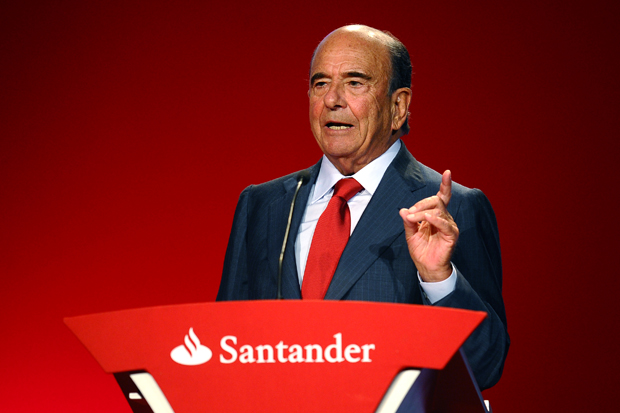
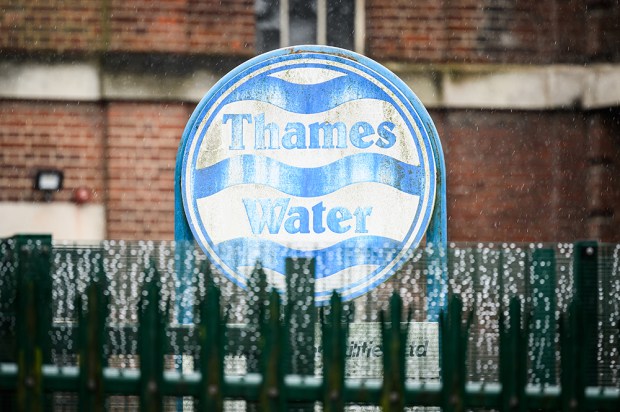
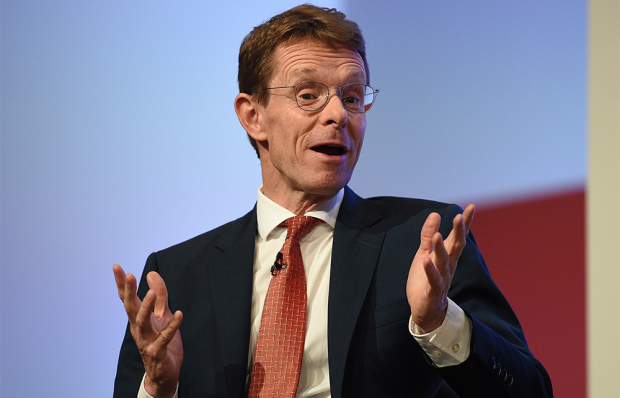
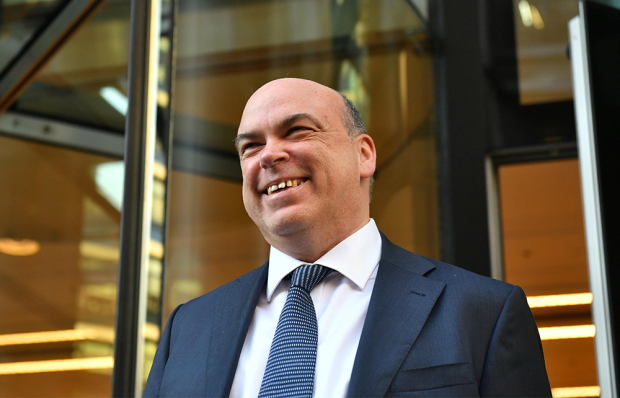
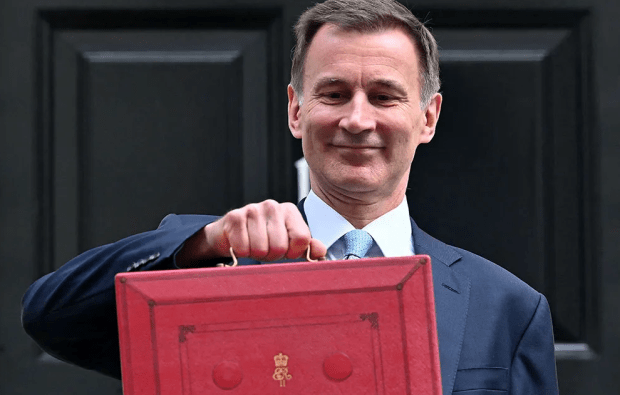
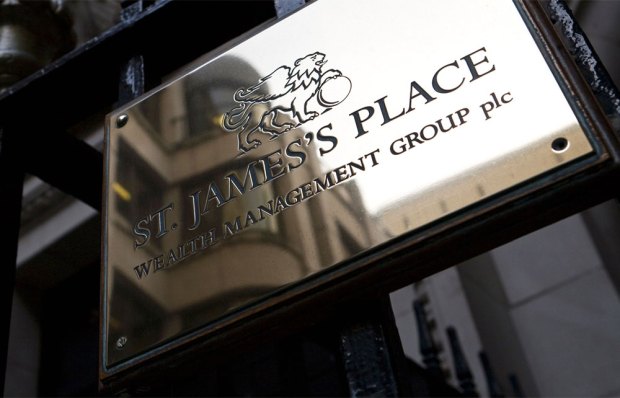
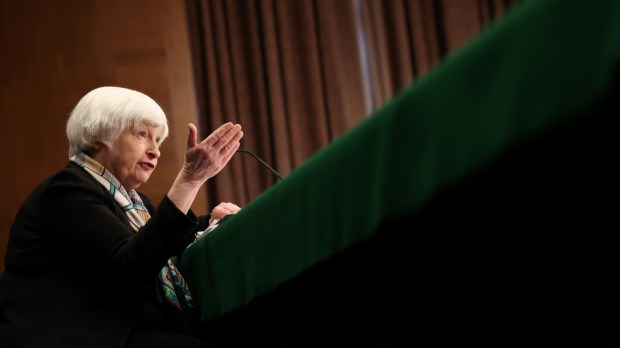






Comments
Don't miss out
Join the conversation with other Spectator Australia readers. Subscribe to leave a comment.
SUBSCRIBEAlready a subscriber? Log in